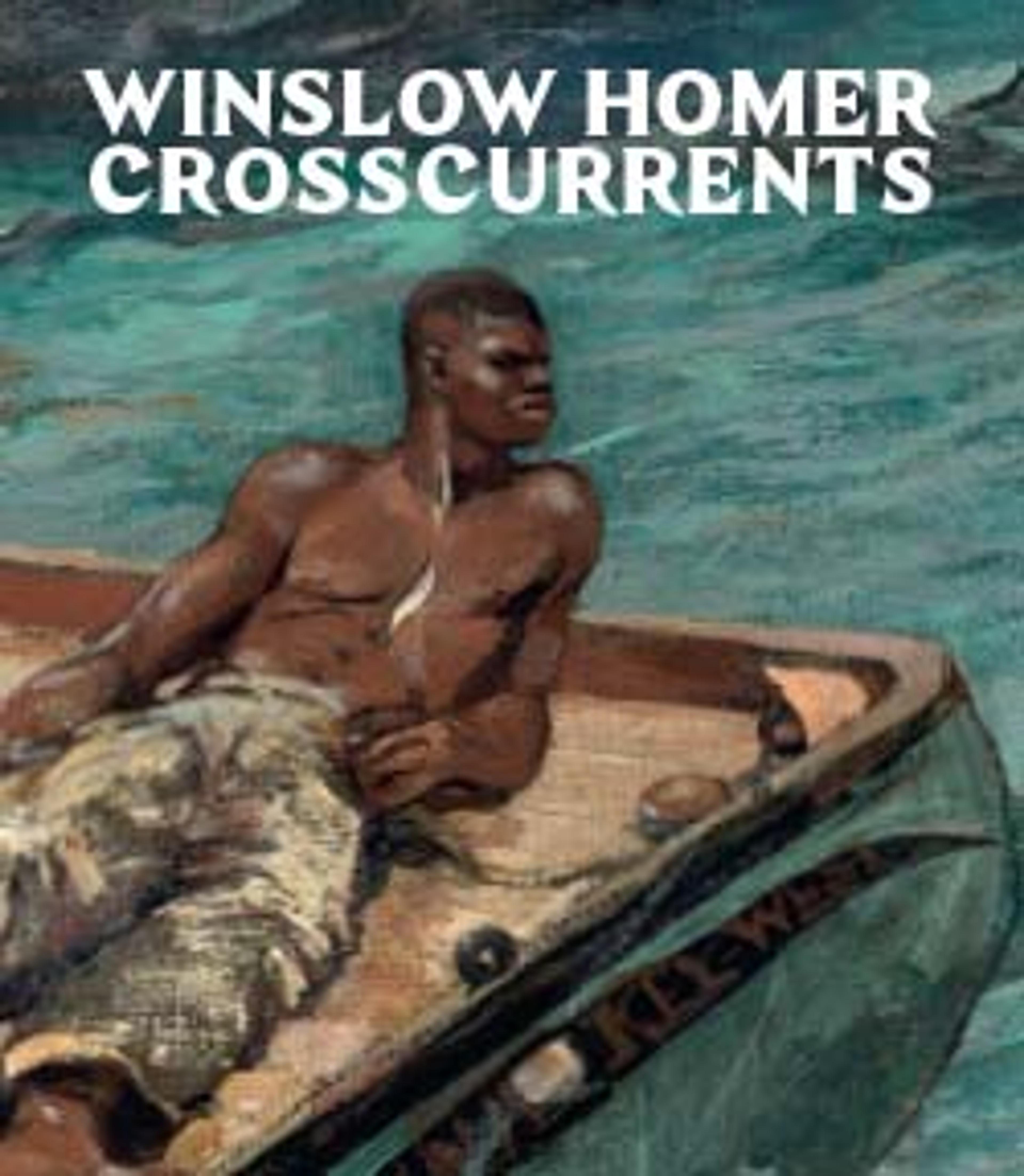Searchlight on Harbor Entrance, Santiago de Cuba
Homer revisited his 1885 drawings of Morro Castle following the 1898 Spanish-Cuban-American War. In the resulting canvas, he focused on an electric searchlight used by the U.S. Navy to prevent the Spanish fleet from escaping Santiago harbor until they could be defeated. The artist offers a striking juxtaposition between the dim, antiquated cannons of the Spanish monument and the searchlight’s powerful rays. Framing the conflict in symbolic, disembodied terms, Homer perhaps implied a sense of U.S. technological superiority and imperial ascendancy. Meanwhile, only a small section of Cuban shoreline is illuminated at right, reflecting the ways the colonial power struggle eclipsed what had been a long, local fight for independence. Homer’s modern history painting appears to brood on these unequal power dynamics without offering a clear resolution.
Artwork Details
- Title: Searchlight on Harbor Entrance, Santiago de Cuba
- Artist: Winslow Homer (American, Boston, Massachusetts 1836–1910 Prouts Neck, Maine)
- Date: 1902
- Culture: American
- Medium: Oil on canvas
- Dimensions: 30 1/2 x 50 1/2 in. (77.5 x 128.3 cm)
Framed: 43 7/8 x 63 5/8 x 6 in. (111.4 x 161.6 x 15.2 cm) - Credit Line: Gift of George A. Hearn, 1906
- Object Number: 06.1282
- Curatorial Department: The American Wing
More Artwork
Research Resources
The Met provides unparalleled resources for research and welcomes an international community of students and scholars. The Met's Open Access API is where creators and researchers can connect to the The Met collection. Open Access data and public domain images are available for unrestricted commercial and noncommercial use without permission or fee.
To request images under copyright and other restrictions, please use this Image Request form.
Feedback
We continue to research and examine historical and cultural context for objects in The Met collection. If you have comments or questions about this object record, please contact us using the form below. The Museum looks forward to receiving your comments.
